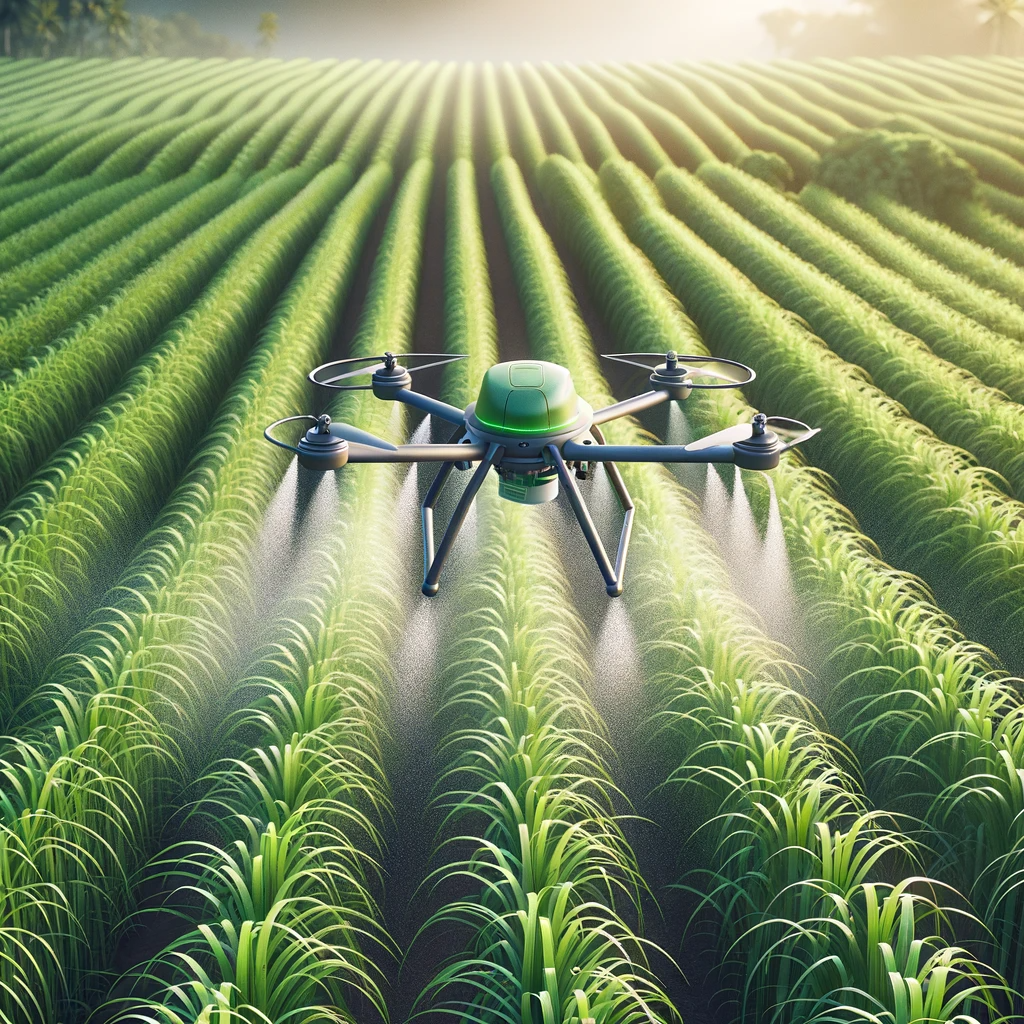Introduction: Understanding the AI Revolution in Small-Scale Agriculture
Small-scale farming plays a crucial role in feeding the world, yet it faces enormous challenges such as pest infestations and plant diseases which can devastate crops and livelihoods. Fortunately, the dawn of the AI revolution is ushering in innovative solutions tailored to these challenges. Artificial Intelligence, particularly in the form of computer vision, is beginning to provide small-scale farmers with tools once accessible only to corporates and large agribusinesses.
The Rise of Computer Vision: A Technological Boon for Farmers
Computer vision, a field of AI that enables machines to interpret and understand visual information from the surrounding environment, has emerged as a groundbreaking technology for modern agriculture. By integrating computer vision systems into cameras and smartphones, farmers can now capture images of their crops and receive instant analysis on the health and condition of their plants.
How Computer Vision Is Transforming Disease and Pest Identification
Traditionally, diagnosing plant disease relied on the expertise of seasoned agronomists, an often costly and time-consuming process. However, with the advent of computer vision, accurate identification of pests and diseases can be achieved practically in real-time. This not only speeds up the response time but also enhances precision in diagnosis, thereby improving the chances of successful intervention.
Computer Vision Applications: Empowering Small-Scale Farmers
The applications of computer vision for small-scale farmers are numerous—they range from early warning systems that flag the onset of disease to analyzing plant stress indicators such as discoloration or leaf shape changes. These tools are becoming increasingly user-friendly, enabling farmers with even basic smartphones to access sophisticated agricultural advice.
Breaking Down the Benefits of AI for Plant Health Management
The benefits of deploying AI in plant health management are multifold. AI-driven diagnostics can reduce dependency on pesticides, as well as diminish crop losses and increase yields. It also supports more environmentally friendly farming by encouraging precise application of inputs and promoting good agricultural practices.
Case Studies: Small-Scale Farmers Harnessing the Power of Computer Vision
There are numerous success stories where small-scale farmers have harnessed the power of computer vision to protect their crops. In various parts of the world, farmers are using apps that detect diseases and offer management recommendations, enabling them to proactively address issues before they spread.
Overcoming Challenges: Computer Vision in Resource-Limited Settings
Despite the promise of computer vision, its deployment in resource-limited settings is fraught with challenges such as limited internet connectivity, lack of education on AI tools, and the affordability of the necessary hardware. Addressing these challenges is key to ensuring that the benefits of computer vision are accessible to all farmers.
The Future of Farming: AI-Driven Plant Disease Combat Strategies
Looking ahead, the integration of AI-driven strategies for combating plant diseases in farming will likely continue to evolve. Enhancements in predictive analytics and machine learning models will likely usher in a new age where computer vision tools not only diagnose plant health issues but also predict outbreaks before they happen.
Conclusion: Embracing Computer Vision for Sustainable Agricultural Growth
Embracing computer vision technology represents a significant step forward for sustainable agricultural growth. It is imperative for policy-makers, technologists, and the agricultural community to work together to overcome barriers and equip small-scale farmers with this technology. The AI revolution in agriculture holds the potential to transform the lives of farmers and secure food production for future generations.



